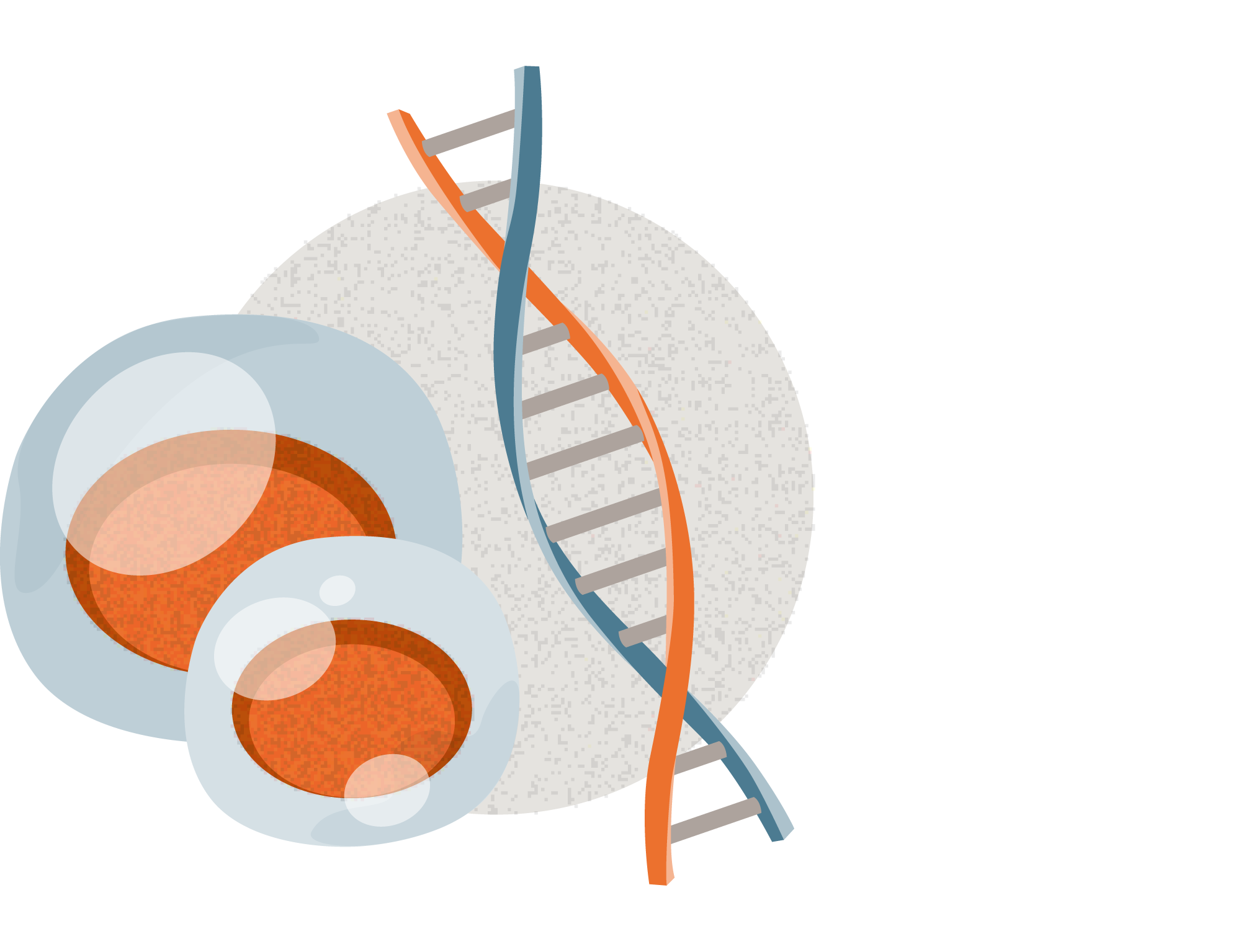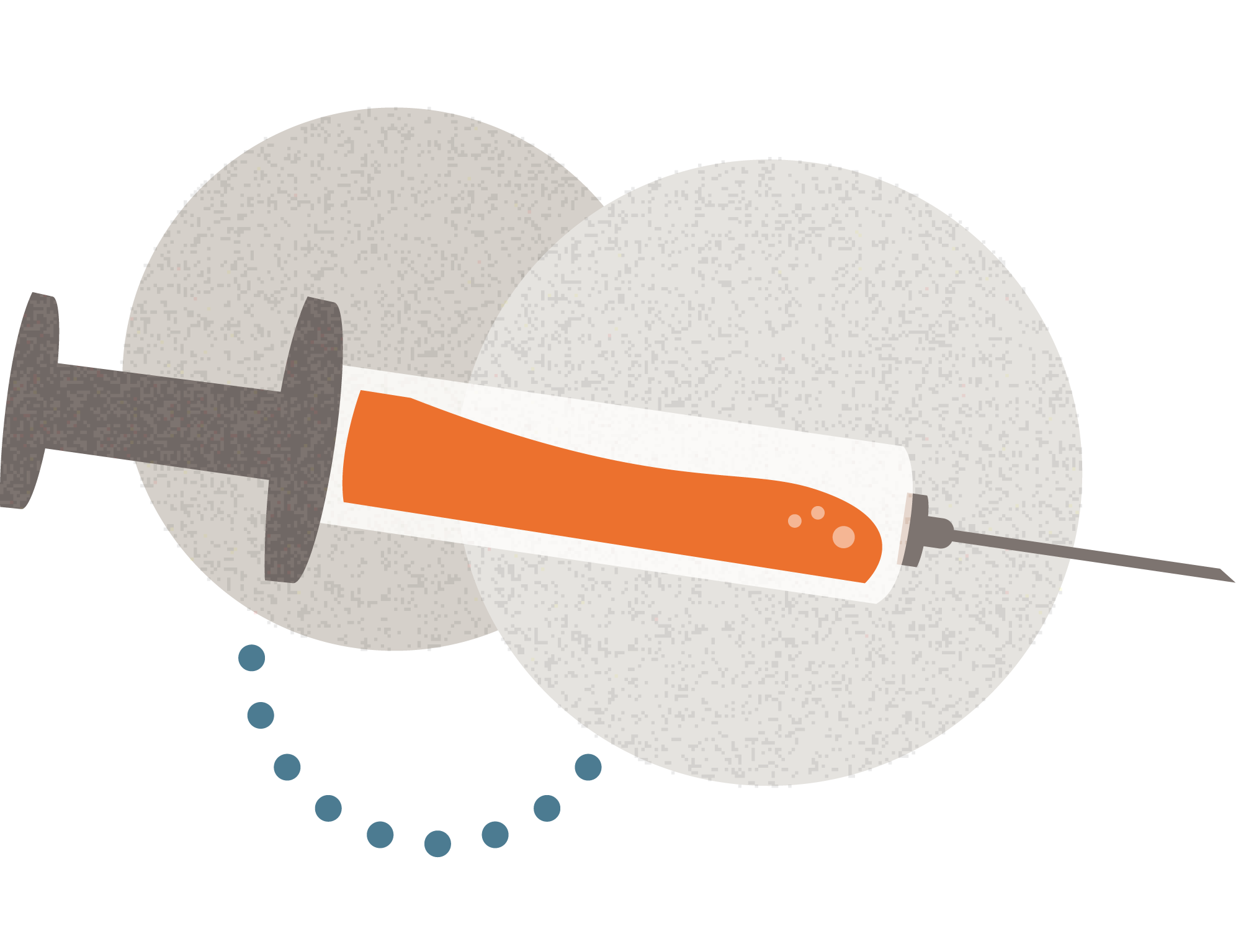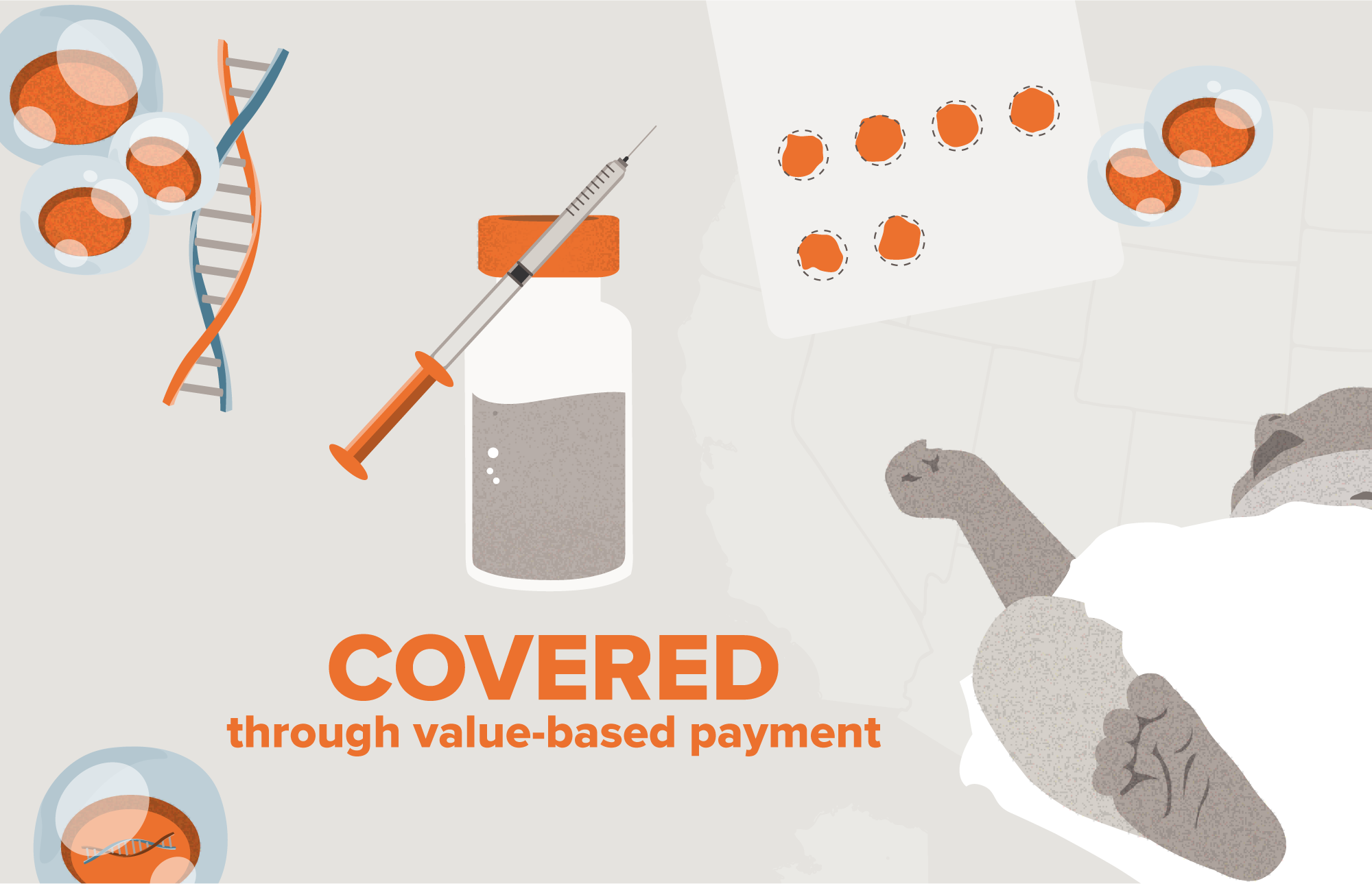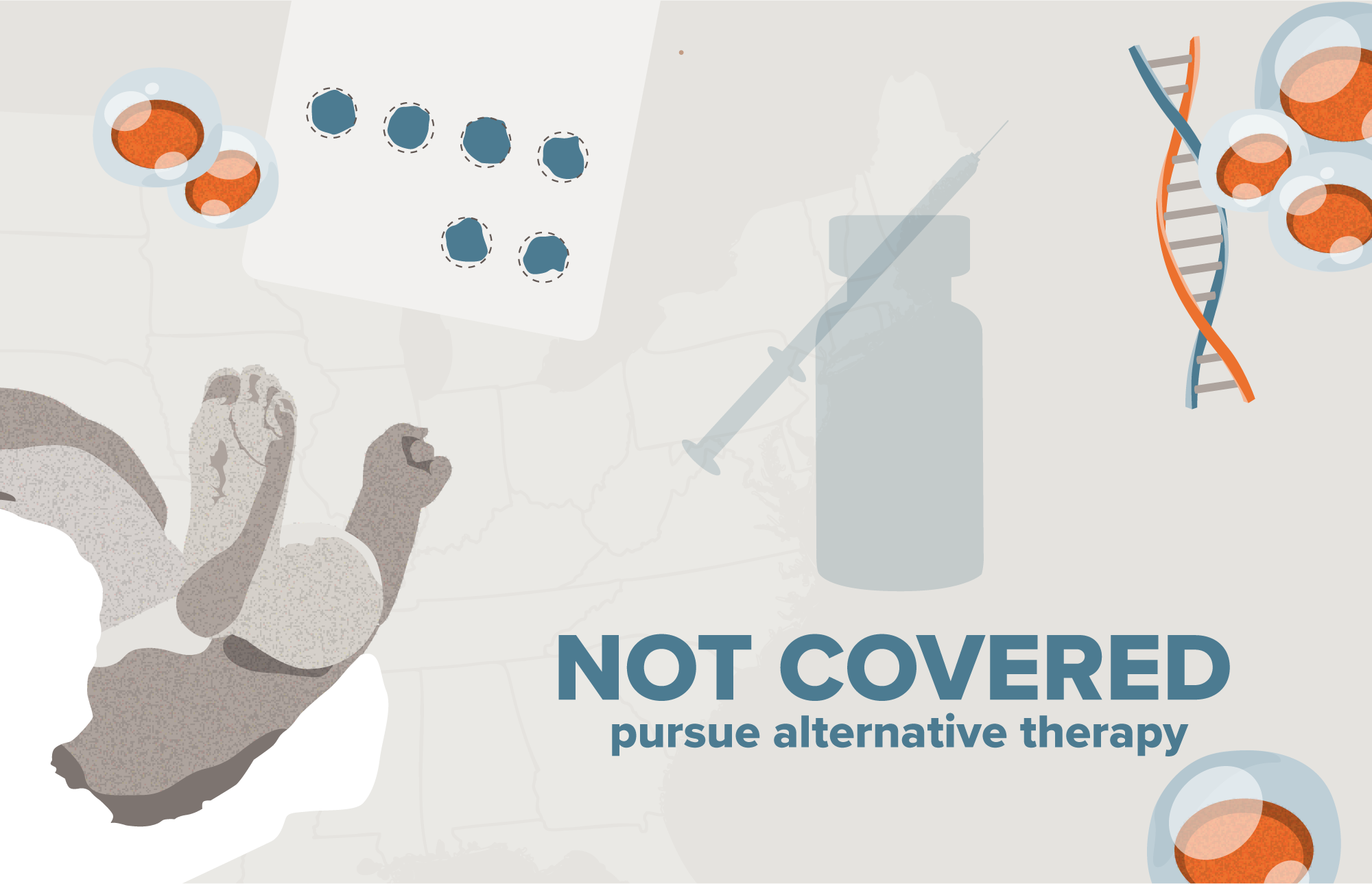Playbook
That price tag represents a pressing problem in American health care: how to support the development of new treatments while keeping drugs affordable for individuals and payers. This playbook traces the path to market of one CGT to better understand the forces that shape its price and accessibility.
What is Cell and Gene Therapy?
CGT is a catch-all term for three distinct types of treatment that directly impact the cellular or genetic structure of an individual. Many of these therapies are potentially curative and others significantly halt the progression of a debilitating or life-threatening disease. Their costs can range from a few thousand to millions of dollars for a single dose or short course of treatment.
Click the button to see how different treatments work, and the pricetag for some treatments:
From Production to Patient
Tracking a $2 million price tag. The federal government offers incentives to get cell and gene therapy treatments to market, but CGTs like Zolgensma remain crushingly expensive. Overall, research and development (R&D) costs are high and the potential market size to treat patients with rare diseases is small.
Learn about the key factors in production and marketing that influence a drug’s price.
Research & Development
Low Prevalence of Rare Diseases is Barrier to Development
SMA is diagnosed in approximately 1 in 10,000 newborns, resulting in an addressable patient population that is less than a fraction of a percent. The market size is made even smaller because Zolgensma is only applicable to newly diagnosed or “incident” cases, meaning children from birth to age 2. As a result, sales of Zolegnsma actually dropped by 15% from 2021 to 2022 as the drug has become applicable only to incident cases. [10] Without government incentives for rare disease drug development, the economic case for investing in this type of research is challenging to make.
Research & Development
Manufacturers Aim to be Profitable
To financially justify the tradeoff of research and development costs with the potential for revenue among a small patient base, manufacturers target high price points to achieve profitability and sustainability. As with many rare diseases, there is little competition among CGTs to treat a particular condition and prices can remain high well after launch.
Regulatory Landscape
Accelerated Approvals Help Bring Treatments to Market
To address the treatment of illnesses that have a high unmet need, the FDA allows CGTs go through the Accelerated Approval Program. [11] At the time of its approval, Zolgensma had just completed a small Phase 1 study consisting of only 15 patients. There is an ongoing Phase 3 trial with 21 patients, which focuses on two primary endpoints: the ability to sit without support for 30 seconds at 18 months and survival at 14 months. [12] While the FDA determined the drug is promising enough to approve, the treatment hasn’t been on the market long enough to understand long-term outcomes, which has significant implications for the complex dynamics at play when parents, along with their providers and payers, are faced with the decision to pursue this treatment.
Government Support
Orphan Drug Act is an Incentive for Manufacturers
So-called orphan drugs treat rare diseases. The Orphan Drug Act, signed in 1983, is designed to encourage research and development (R&D) by offering patent and financial incentives to manufacturers. By definition, a rare disease impacts fewer than 200,000 persons in the U.S. or affects more than 200,000 people but there is no reasonable expectation the cost of development will be recovered by potential sales. [13] For these treatments, manufacturers get seven years of market exclusivity and tax credits of up to 50% of R&D costs. Since its passage, over 1,000 orphan drugs have made it to market. [14]
Pricing Decision
Many Orphan Drug Prices Stay High for Years
Manufacturers of drugs for rare diseases target high price points to achieve profitability and sustainability. At minimum, these high prices can be sustained during the seven-year market exclusivity period, keeping these medications out of reach for some patients. Manufacturers will also monitor competitors’ efforts to bring new therapies to market for rare diseases, aiming to be the sole product in a given class. This contributes further to a lack of competition. [15]
Pricing Decision
High Cost of Production and Delivery for Zolgensma
Since CGTs target a small population, production is often limited to a small number of plants. [16] Zolgensma, for instance, is approved to be manufactured at only two locations. The method of producing an adeno-associated virus, the vector used to carry the corrective gene in Zolgensma and many other CGTs, typically results in low yields. [17] Other requirements related to delivery and treatment, involving close coordination with patients, add to the complexity and, ultimately, the cost. [18] Zolgensma has to be administered to a patient within 14 days of arrival at the site of administration.
Cost Structure
Precision Financing is One Option
One-size-fits-all reimbursement models do not work for CGTs. The exceptionally high upfront costs, limited insight into long-term outcomes, and need for payers to remain financially solvent, mean that alternative payment models may be necessary to support the adoption of these life-changing therapies. Payers have expressed concerns about these therapies’ performance and whether manufacturers provided enough evidence of their efficacy to justify coverage and reimbursement. [19] Precision financing arrangements, specifically those that tie longer-term outcomes and performance to payment, may address many of these issues. [20] However, they pose a number of potential challenges for all stakeholders, including patients. New thinking is required.
Imagining the Patient Experience
Here we look at two scenarios where variation in health insurance coverage affects a newly diagnosed patient’s ability to access Zolgensma and, if inaccessible, the need to seek out alternative therapies.
See how the same patient’s access to Zolgensma differs in two scenarios.
Note: Patient scenarios are meant to be illustrative only. Prices are based on publicly available information when available and good-faith estimates when prices were not available.
New Thinking Needed to Solve the Dilemma of Life-saving, Costly Drugs
The market for high-cost CGTs is just beginning, and each time a new therapy or innovation is approved, we learn more about what the market can bear. These treatments often target rare and life-threatening conditions, putting exceptional pressure on payers and patients to devise strategies that make them accessible without threatening the financial solvency of the involved parties.
Cost Challenge Will Increase
The number of CGTs is expected to rise and there will be an increasing need to solve the cost dilemma. Precision financing and value-based arrangements may be viable solutions. Regulatory changes may be another.
Insurance a Big Issue
Given the uniquely disjointed environment of health care coverage in the U.S., there are substantial questions about how to manage the financial risk and arrangements for patients requiring expensive treatments. Patients in different states and those under differing coverage types currently face different, uneven options and access to treatments.
Incentives Could Boost Access
The need is clear for more attention and focus on the unique conditions in this landscape to develop a greater understanding of the incentive changes that could improve access to these therapies.







